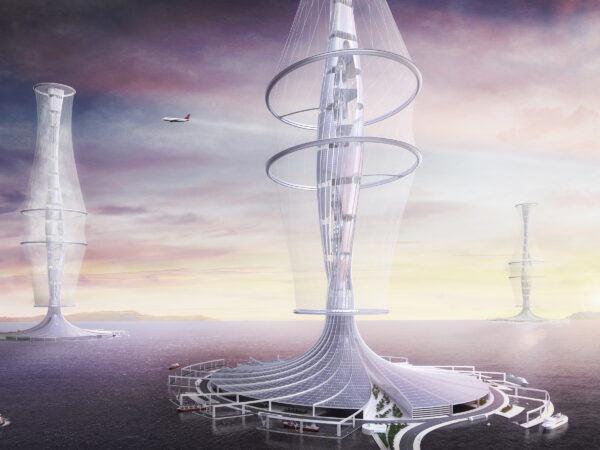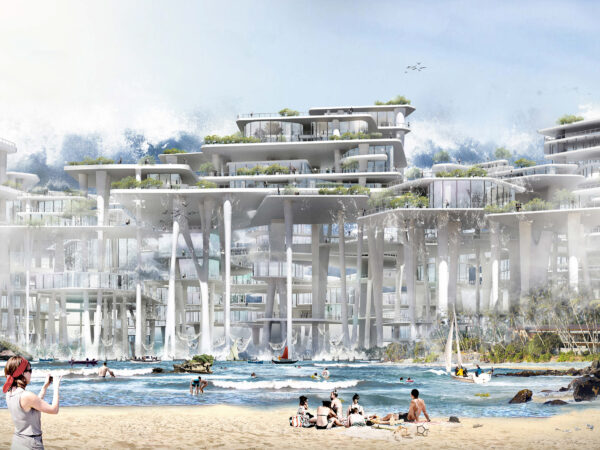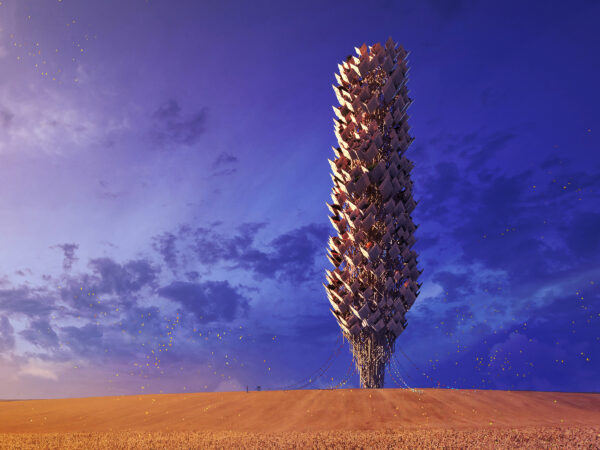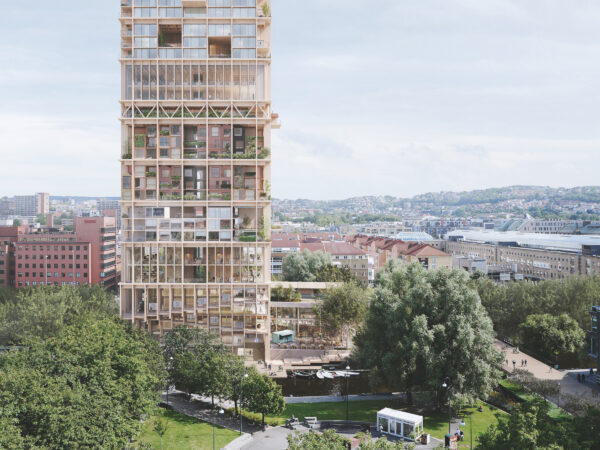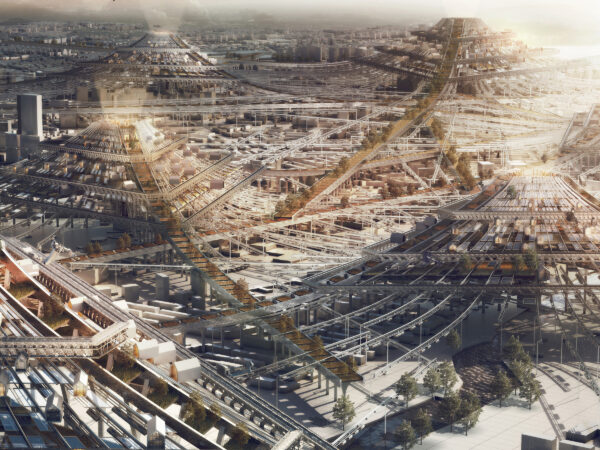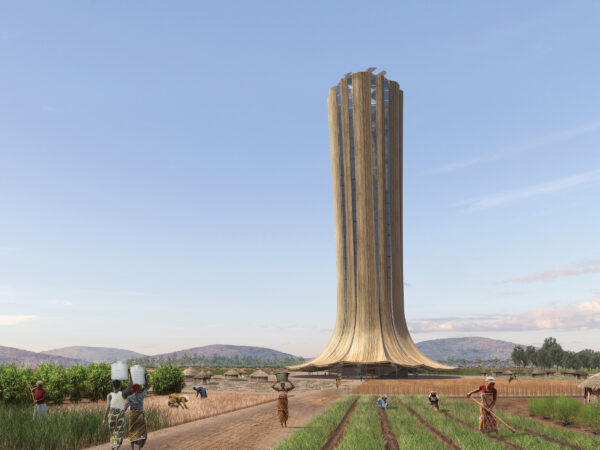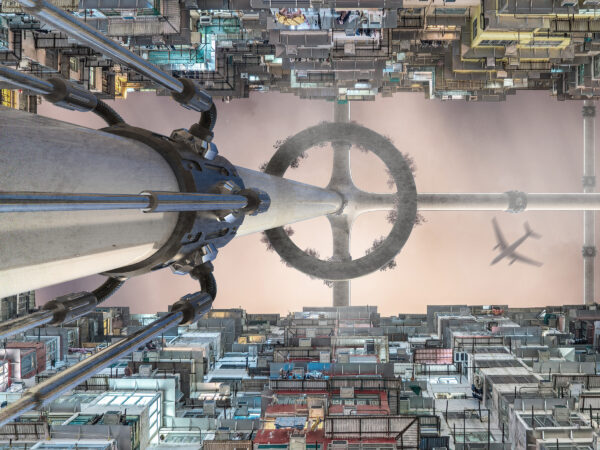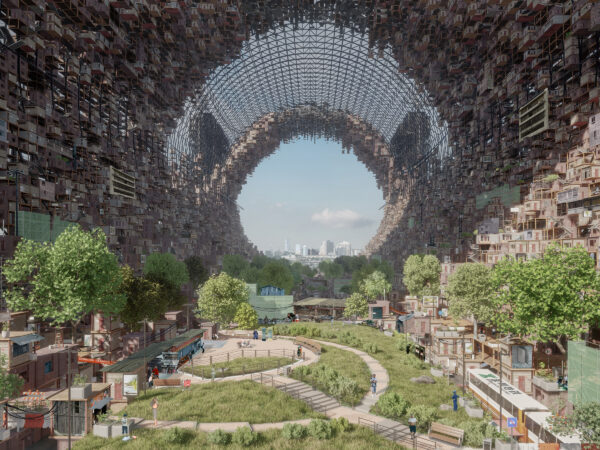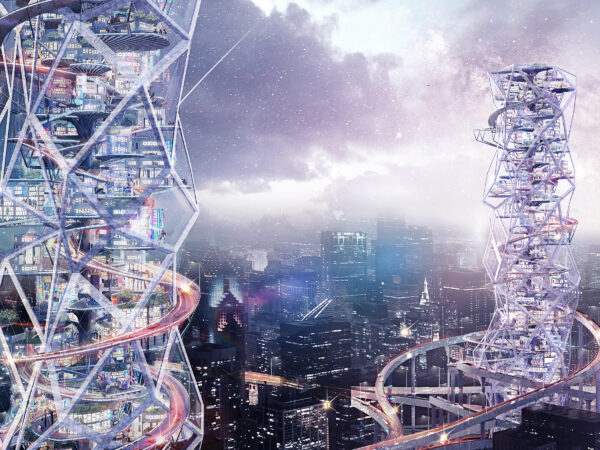eVolo Magazine is pleased to announce the winners of the 2022 Skyscraper Competition. The Jury selected 3 winners and 20 honorable mentions from 427 projects received. The annual award established in 2006 recognizes visionary ideas that through the novel use of technology, materials, programs, aesthetics, and spatial organizations, challenge the way we understand vertical architecture and its relationship with the natural and built environments.
The FIRST PLACE was awarded to CLIMATE CONTROL SKYSCRAPER designed by Kim Gyeong Jeung, Min Yeong Gi, and Yu Sang Gu from South Korea. The project investigates the use of a series of skyscrapers to modify weather conditions that would improve the global climate crisis and stop desertification, rising temperatures, and natural disasters.
The recipients of the SECOND PLACE are Wang Jue, Zhang Qian, Zhang Changsheng, Li Muchun, and Xu Jing from China for the project TSUNAMI PARK. The project is designed as a man-made inhabited mangrove for the Tonga region to prevent tsunamis that would affect the Pacific Rim.
NEW SPRING: AGRO-ECOLOGICAL SKYSCRAPER designed by Michał Spólnik from Austria and Marcin Kitala from Poland received the THIRD PLACE. The proposal is envisioned as an aggregation of garden modules containing distinct flora and microorganisms that could be deployed to specific regions that would flourish with new life.
The Jury was formed by Volkan Alkanoglu [Principal, VA | DESIGN], Gianni Botsford [Principal, Gianni Botsford Architects], Steven Chilton [Principal, SCA | Steven Chilton Architects], Tsvetelina Georgieva [Principal, DesignMorphine], Nuru Karim [Principal, Nudes], Arthur Mamou-Mani [Principal, Mamou-Mani Architects], and Moon Hoon [Principal, Moon Hoon Architects]


